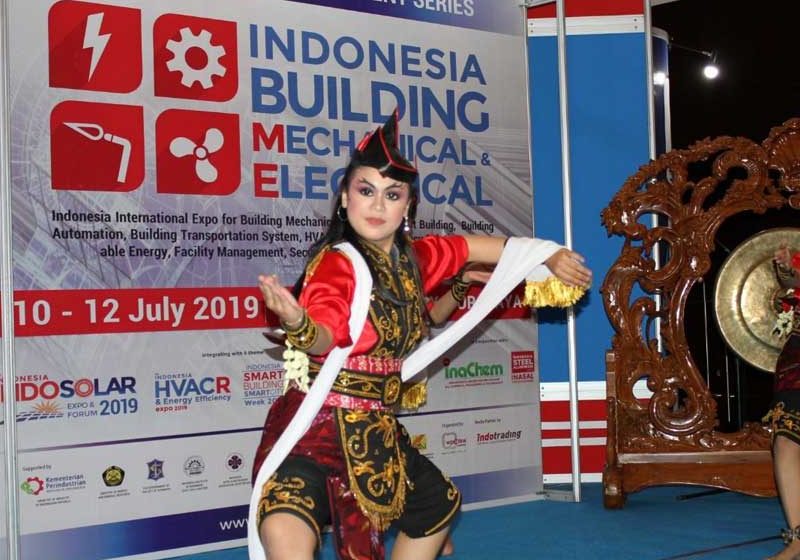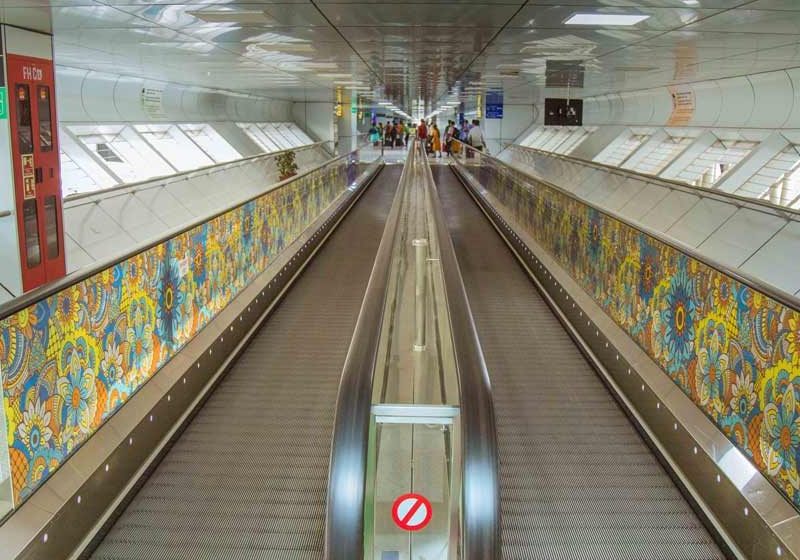NAREDCO’s National Convention
Dec 1, 2019
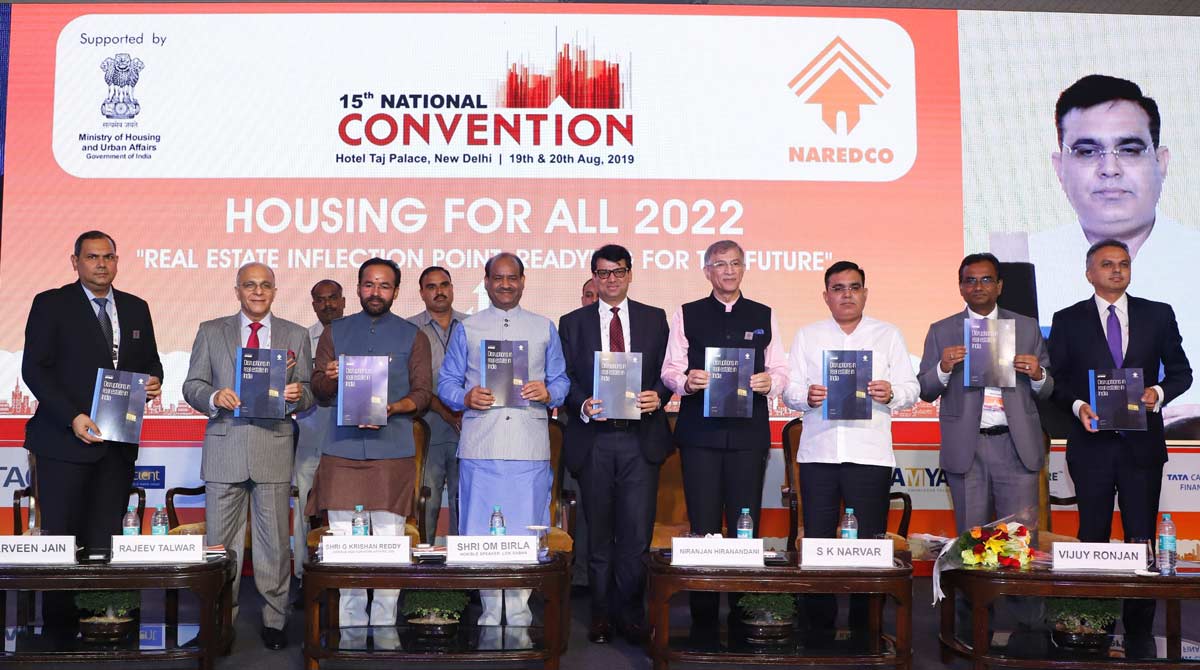
Mission of “Housing for All” receives a big boost in New Delhi.
The National Real Estate Development Council (NAREDCO), an organization that guides the real estate sector under the aegis of the Government of India’s Ministry of Housing and Urban Affairs, held its 15th National Convention on August 19-20 at the Taj Palace hotel in New Delhi. The theme, “Housing For All 2022: Real Estate Inflection Point: Readying for the Future,” was in sync with NAREDCO’s objectives, including promoting India’s housing and real estate sectors with transparency and accountability. This, according to NAREDCO, will benefit all customers.
In his welcome address, NAREDCO Chairman Rajeev Talwar pledged the organization’s full support of Prime Minister (PM) Narendra Modi’s call to provide housing for every Indian in the country. He said he hopes to realize this goal by 2022.
NAREDCO President Niranjan Hiranandani reiterated this stance. Noting the organization’s deep appreciation of policy reforms such as demonetization, regulatory mechanisms and the Goods and Service Tax, he expressed confidence the real estate sector will contribute to accelerating the country’s annual gross domestic product growth to greater than 10%, which will help India become a more developed nation.
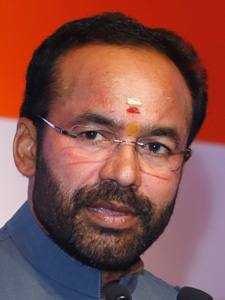
G. Kishan Reddy, union minister of state for home affairs, observed:
“Providing a house with basic amenities is the topmost priority of the government of PM Modi, to which all stakeholders of the real estate sector need to make their contribution. In this context, I compliment NAREDCO for taking up a very pertinent agenda during its national convention.”
Om Birla, speaker of the Lok Sabha (House of the People), acknowledged the crucial role of the real estate sector in contributing to national economic development and ensuring employment of millions. He underlined the need to remove misconceptions about the developer community, which has been criticized due to some developers defaulting on project completion dates and failing to meet homebuyers’ expectations. More developers, he said, should embrace the low-cost housing model.
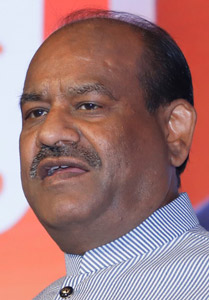
The inaugural session also witnessed the launch of a joint report by NAREDCO and multinational accounting and professional services company KPMG titled “Disruptions in the Real Estate Sector in India.” NAREDCO Vice Chairman Parveen Jain said:
“Emerging disruptions in the Indian real estate sector have led the industry to an inflection point, where paradigm shifts are emerging in the way real estate businesses operate now and in the future. Being the second-largest employment-generating industry, the real estate sector needs to take some rigid steps in the near future to revive itself. I believe the government is taking steps toward newer technologies, and advanced financing mechanisms are coming to the forefront. These need deeper exploration and adoption to accrue major gains for the real estate industry.”
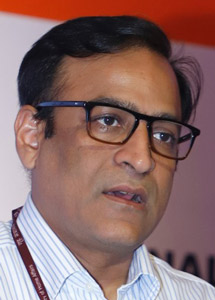
Speaking at a session titled “Emerging Construction Technologies,” Amrit Abhijat, joint secretary of Pradhan Mantri Awas Yojana (PMAY), Union Ministry of Housing and Urban Affairs of the Indian Administrative Service, underlined the significance of cost-effective, energy-efficient, sustainable new technologies in making PMAY a resounding success. PMAY is a government initiative to provide affordable housing to the urban poor by building 200 million affordable homes by March 31, 2022.[1]. Under PMAY, the government is looking at investment of up to INR700 billion (US$9.9 billion), Abhijat said. “Affordable housing has clearly emerged as the answer to the problem of the economy,” he observed.
Durga Shankar Mishra, secretary, Ministry of Housing and Urban Affairs (MoHUA), revealed the government is working toward amending several provisions of the Real Estate Regulatory Authority (RERA) to benefit all stakeholders, including developers and homebuyers.
MoHUA organized several regional RERA workshops attended by Mishra, as well as the minister of MoHUA. Mishra said:
“We received very valuable input at these workshops. Based on this input, we feel there is a need to bring about many changes in RERA. We will initiate discussions again and make relevant amendments to make the law more effective.
“When we held regional workshops, we saw that some RERA authorities are active, some super active and some inactive. So, at these events, we decided to encourage interaction among various RERA authorities. For example, every state RERA authority can learn from the good work being done by others, such as the Maharashtra RERA. Regional forums have been established and mutually beneficial meetings have been held in many places.”
RERA has been a resounding success, but since it is 2-year-old legislation, we should not expect it to solve all problems at one go.
— Minister of State for Housing and Urban Affairs Hardeep Singh Puri
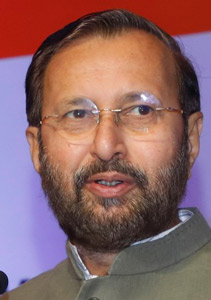
Union Minister of Environment and Forests Prakash Javadekar said the ministry plans to continue streamlining the environmental-clearance process for real estate projects. Prior to 2014, he said, environmental clearances were stumbling blocks. “The average time to clear projects was 640 days,” he observed. “After we took over, we made environmental-clearance processes so easy that, now, it takes only 108 days.” The ministry’s goal is to reduce it further, to 60 days.
The minister emphasized that small procedural delays can be eliminated without compromising on environmental clearances. “Our priority is both environmental protection and development,” Javadekar stated. “It is only then that our country can achieve a US$5-billion economy,” he said. “That’s why the suggestions of institutions like NAREDCO are so important. We are bringing about a regime change. We will introduce fewer conditions but ensure their fullest implementation.”

The overarching mission to provide a home for each Indian household by 2022 is a highly ambitious one that faces formidable challenges. Still, Minister of State for Housing and Urban Affairs Hardeep Singh Puri announced his ministry plans to meet this target two years in advance, by 2020. Out of 100 announced Smart Cities — a mission that includes “Housing for All” — the government will be able to roll out 50 by December 2019, he said.
Being the second-largest employment-generating industry, the real estate sector needs to take some rigid steps in the near future to revive itself.
— NAREDCO Vice Chairman Parveen Jain
The United Nations (UN) estimates 706 cities worldwide will have at least 1 million residents by 2030,[3] when India is also required to meet the UN’s Sustainable Development Goals (SDGs). The SDGs are a collection of 17 global goals set by the UN General Assembly in 2015 for 2030. “We are confident we will be able to abide by the 2030 SDG agenda well before 2030,” Minister Singh Puri stated.
Pointing out RERA has removed many aberrations from the real estate sector, Puri said:
“The cleanup process has started. RERA has been a resounding success, but since it is 2-year-old legislation, we should not expect it to solve all problems at one go. We are in the process of streamlining RERA procedures further. But, by and large, the regulations have come to be accepted by all stakeholders.”
Clearly, the stage is set for major transformation in the pace of real estate development, with vertical transportation now playing an integral role, even in the affordable housing segment. Going forward, demand for elevators is expected to rise exponentially.
References
[1] wikipedia.org/wiki/Pradhan_Mantri_Awas_Yojana [2] www.un.org › urbanization › the_worlds_cities_in_2016_data_booklet [3] UN.org>assets>pdf>the_worlds_cities_in_2018_data_booklet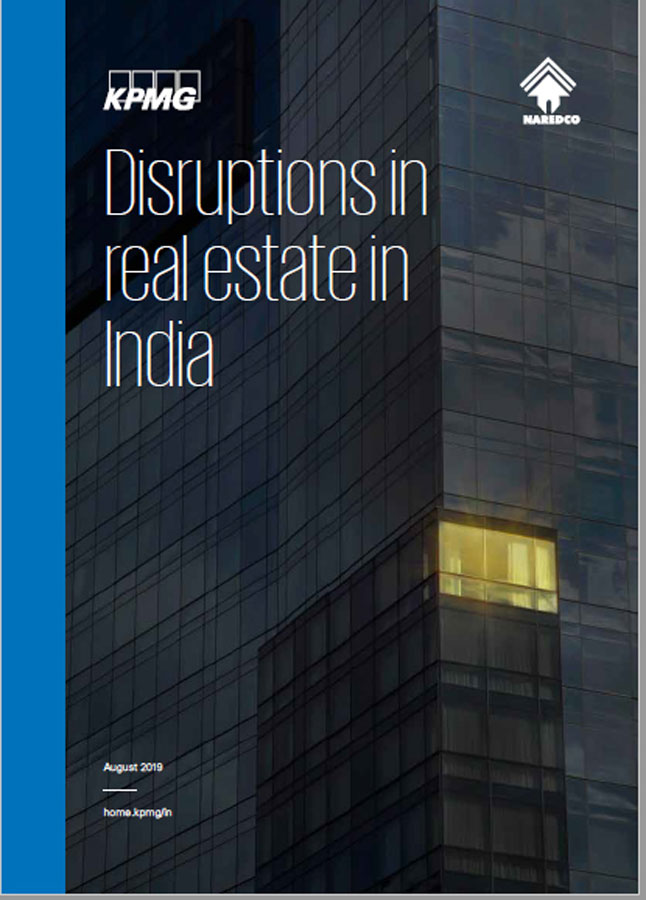
Get more of Elevator World. Sign up for our free e-newsletter.


